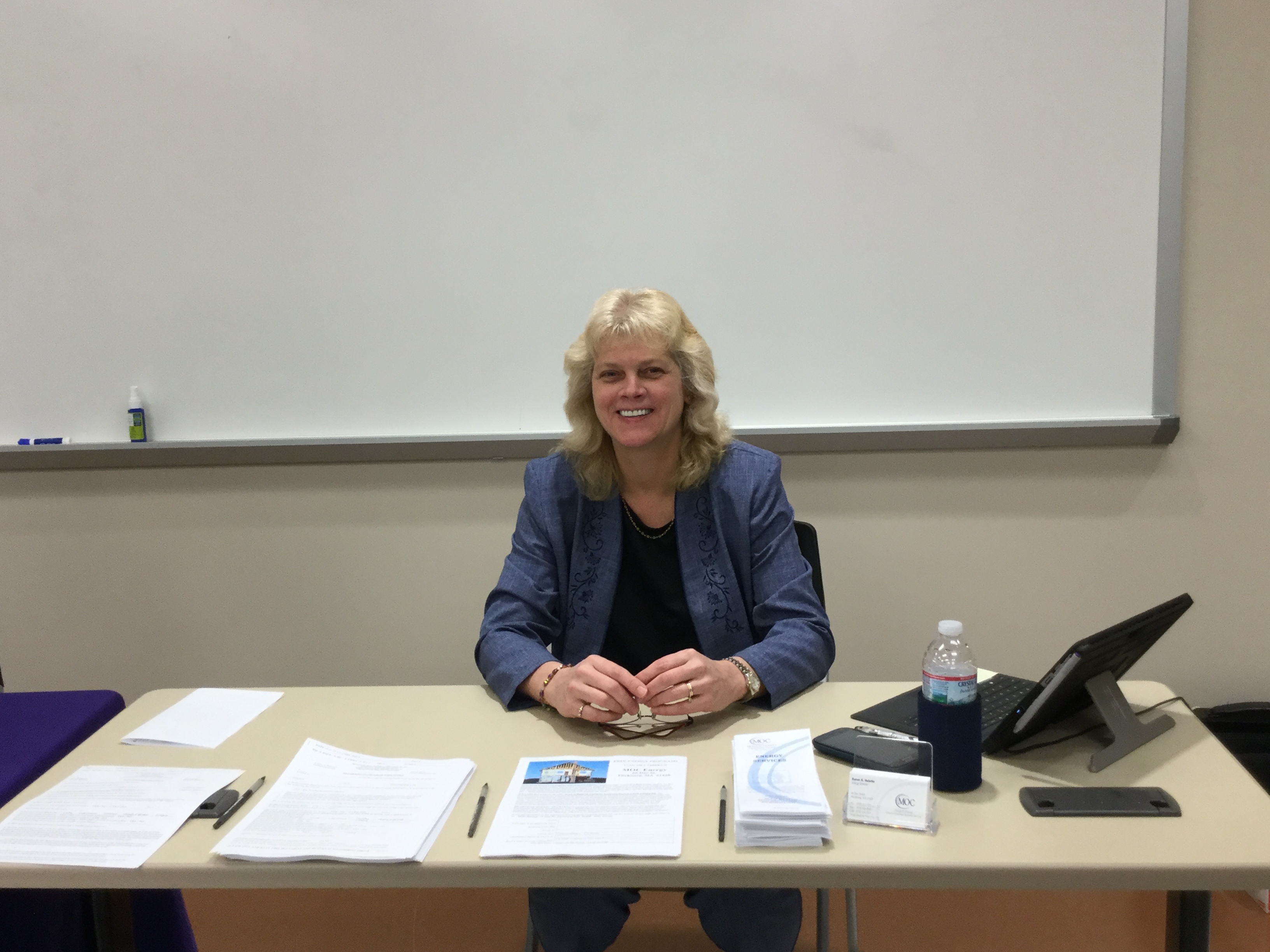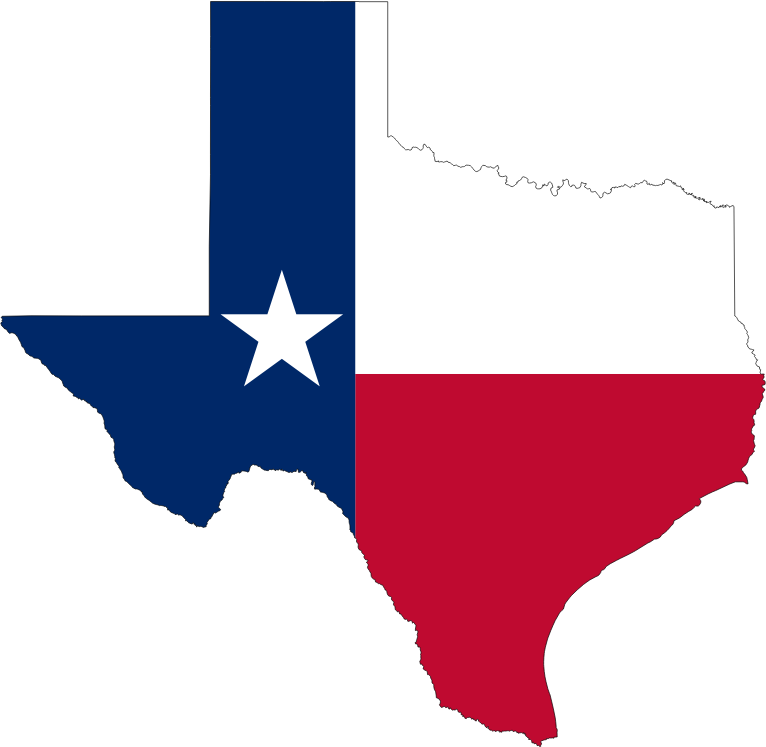The Weatherization Assistance Program (WAP) has been around for over 40 years and has served over 7.4 million households, saving families money and making their homes healthier and safer. From the very beginning of the WAP’s history, women have been a driving force in weatherization. This post is part of a month long feature for Women’s History Month. Each post will highlight a few of the women working across the country in the Weatherization Assistance Program. You can join the conversation on social media with the hashtag: #WomenOfWAP
Featured in this post…
Karen A. Hulette– Energy Director, Massachusetts
Maria Williams– Housing Rehabilitation Technician, Texas
Stacie Bagnasco– Assessor, California
Karen A. Hulette
Energy Director- Montachusett Opportunity Council, Massachusetts

1.How did you first get interested and involved in weatherization?
I started in 1987 as the first Energy Conservation Department Computer Operator. There, I created the first database to track weatherized clients.
2.Tell us about your current and past roles in the WAP.
As I moved up to ladder per say, I was promoted to the Heating System replacement department in 1988. I landed a great opportunity in 1990 when the WCAC in Worcester, MA posted an opening for a Weatherization Director. I applied and was hired immediately. Starting up the program from scratch, hiring auditors, contractors, etc. By the time 1996 rolled around, I felt I needed a change and dabbled in computer networking since that was my 1st passion. After a long year searching for a job, I ran into my old boss from when I used to work at MOC in the late 80’s. He asked what I was doing and I said “looking for a job.” He just happened to have an opening in the weatherization department for a Program Manager. Alas, I was back in WAP. Since then, I’ve obtained many certifications, including MA state weatherization auditor, and over time, worked my way up to Director. Overall, it’s been a long but adventurous and rewarding 31 years.
3.What is it like being a woman in weatherization? Advantages? Challenges?
I think the advantages are the opportunity to serve the clients in the best way possible and with the diverse training that the state of MA offers to all weatherization staff helps in that aspect – no client left behind – we will find a way to help. The only challenge that I personally have faced, not sure other women have faced this, is having an all male staff. Its was difficult at first to try and be their boss, but since I also worked with many heating vendors (all male) as well for many years it all fell into place. My staff are always saying how great it is to work for me.
4.Why do you work in weatherization? What about your job makes you excited to go to work in the morning?
It’s become my life. I’ve even convinced my husband to do things that our own house would benefit from. I love helping people. If I see someone is struggling in person or even on social media, I reach out to see if I can help.
5.Do you have advice for other women interested in joining the weatherization field?
Come get your feet wet and see where they will land.
Maria Williams
Housing Rehabilitation Technician II/Weatherization Technician
City of Fort Worth/Neighborhood Services, Texas

1.How did you first get interested and involved in weatherization?
When I was in administrative positions I performed intake for the Weatherization Assistance Program for the City of Fort Worth. Answering the phones allowed me to answer basic program questions.
2.Tell us about your current and past roles in the WAP.
I am currently a Weatherization Technician, I perform Energy Assessments and Energy Audits on program qualified properties. I have taken part in outreach, intake, assessments, and client education. I have been with the program since 2009.
3.What is it like being a woman in weatherization? Advantages? Challenges?
Sometimes clients ask me where my helper is. I feel that this position is not for everyone, male or female. Training is essential for the technical aspects of the position. Working with clients as well as with the contractors takes certain skills and abilities that are necessary for any challenges that can arise. And working with the best team of co-workers has proven invaluable to get the job done.
4.Why do you work in weatherization? What about your job makes you excited to go to work in the morning?
I really enjoy working in this program. I have seen many households benefit from the energy saving measures. When the clients can see that there is a marked difference in the comfort of their homes and in their energy costs, I know Weatherization Works!
5.Do you have advice for other women interested in joining the weatherization field?
Stay current with training and educate yourself on what the program is about. Also, be sensitive to the needs of your clients. Know the program so that you can help them according to program guidelines. It’s wonderful to have a career where you are making a difference in people’s’ lives.
Stacie Bagnasco
Assessor/HERS Rater- Central Coast Energy Services, 831 Conserve, California

1.How did you first get interested and involved in weatherization?
A counselor at our community college that I interviewed with thought that the Green Pathways program was a good fit for me.
2.Tell us about your current and past roles in the WAP.
Crew Technician / Assessor
3.What is it like being a woman in weatherization? Advantages? Challenges?
Advantage is there are not many women in this industry. Challenges are keeping up with the fast pace of how the energy codes are changing.
4.Why do you work in weatherization? What about your job makes you excited to go to work in the morning?
Making a difference in the lives of others that cannot always be recognized but can be measured. Educating others so that they understand the need for energy conservation.
5.Do you have advice for other women interested in joining the weatherization field?
Women in the field creates a much needed balance. Don’t let fear stop you.





